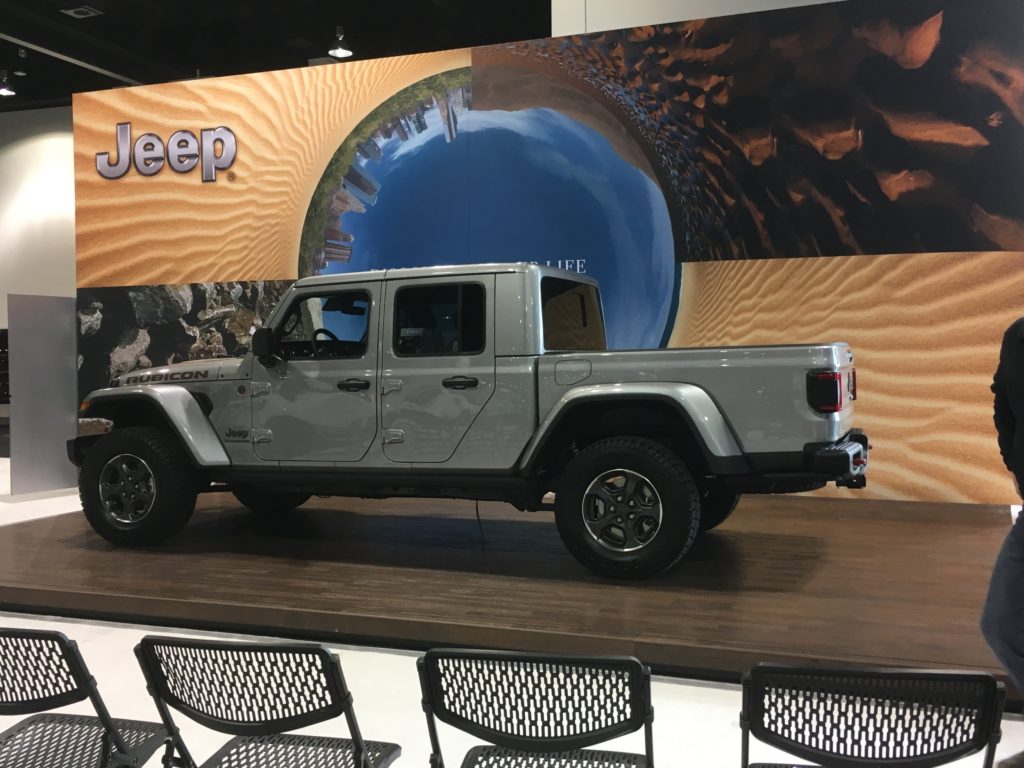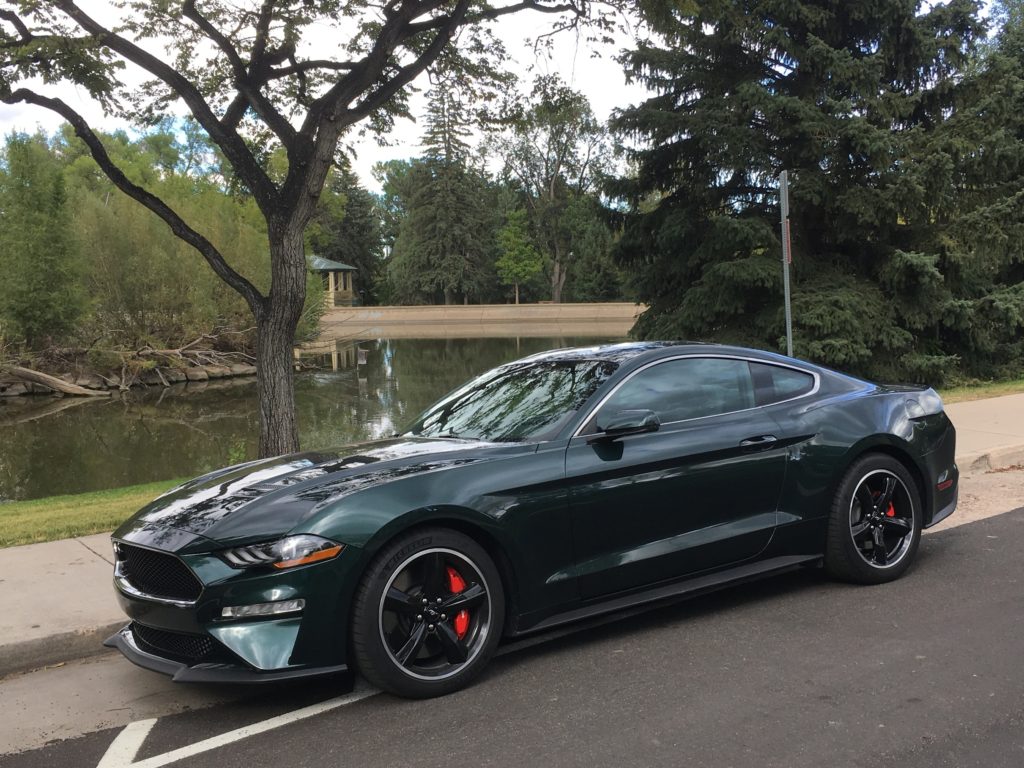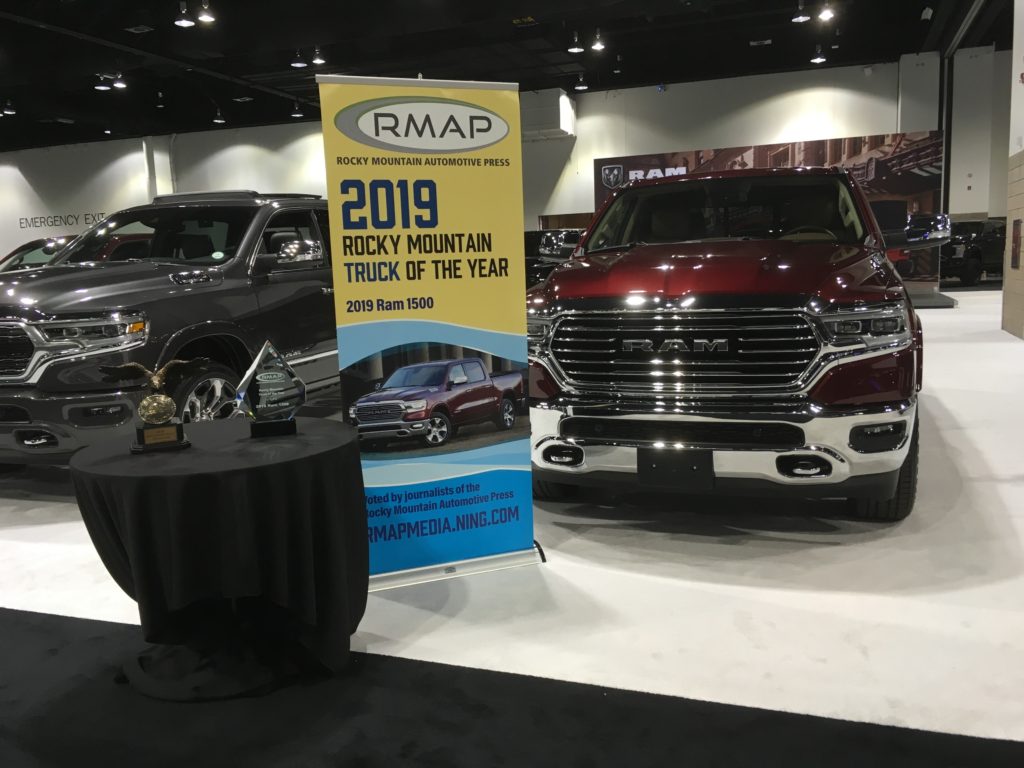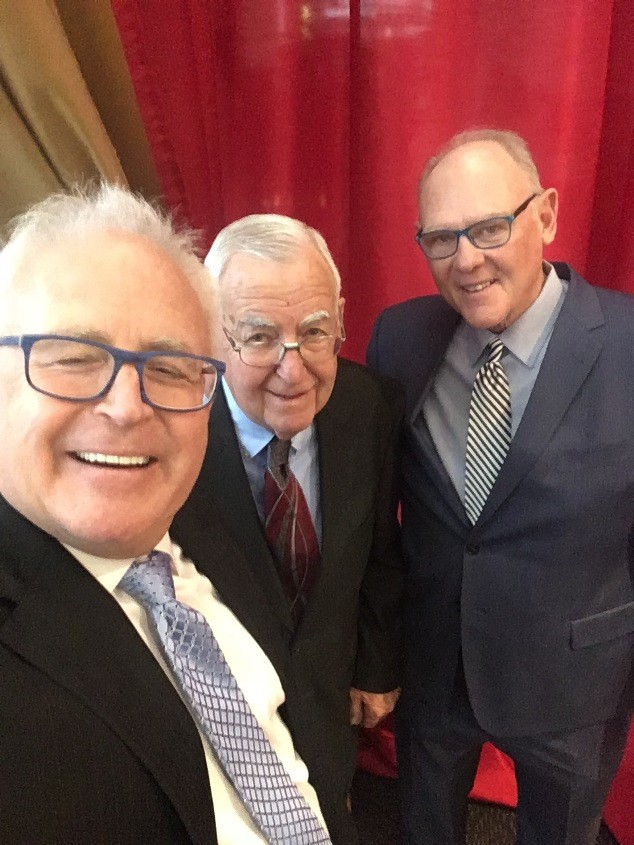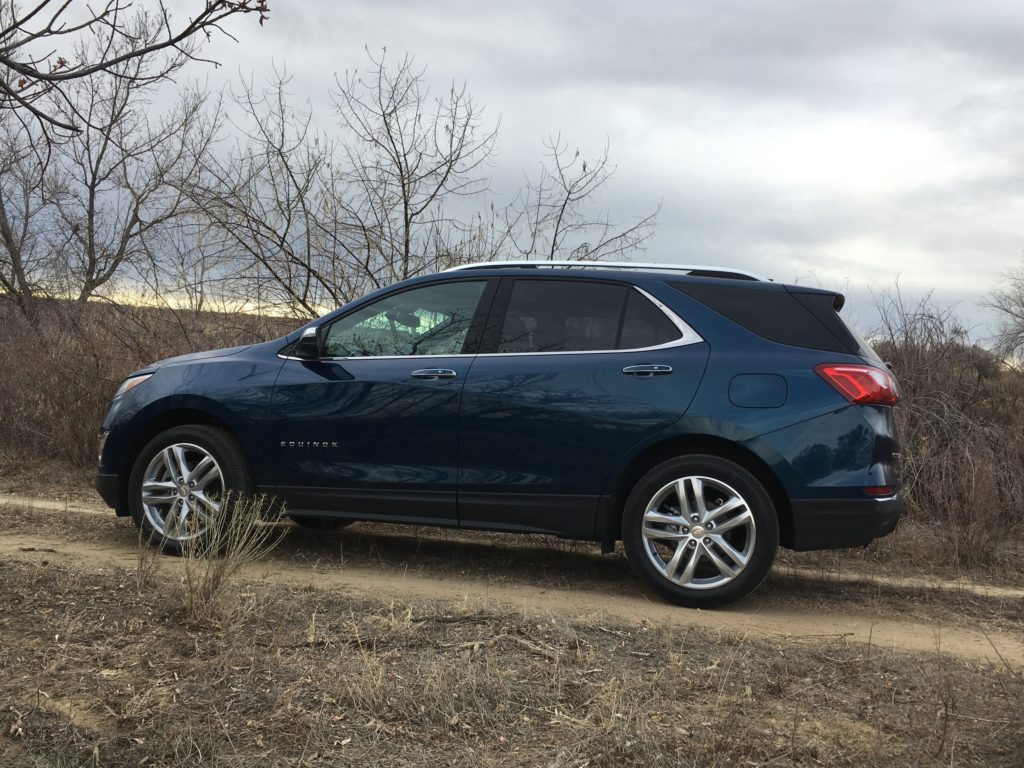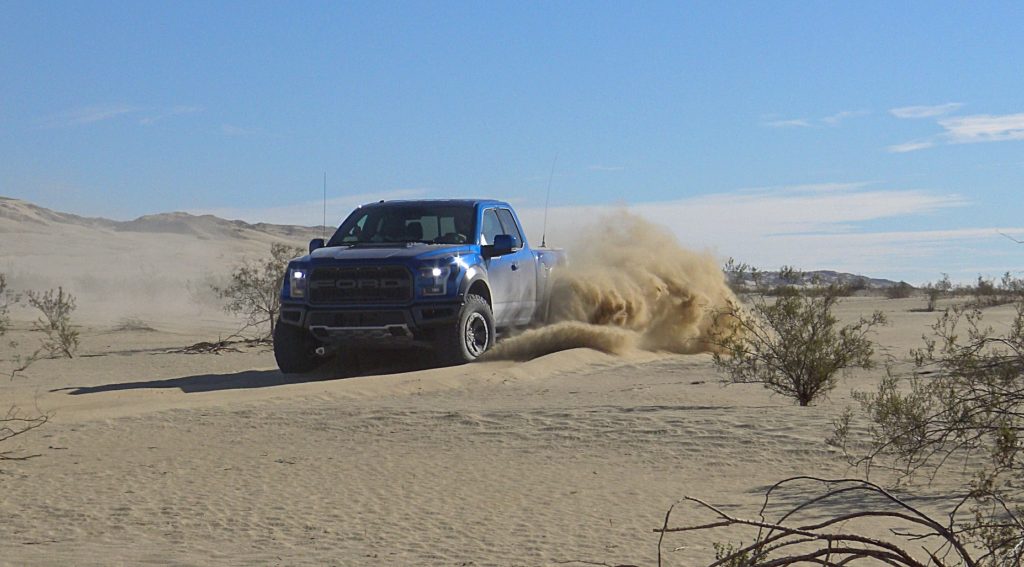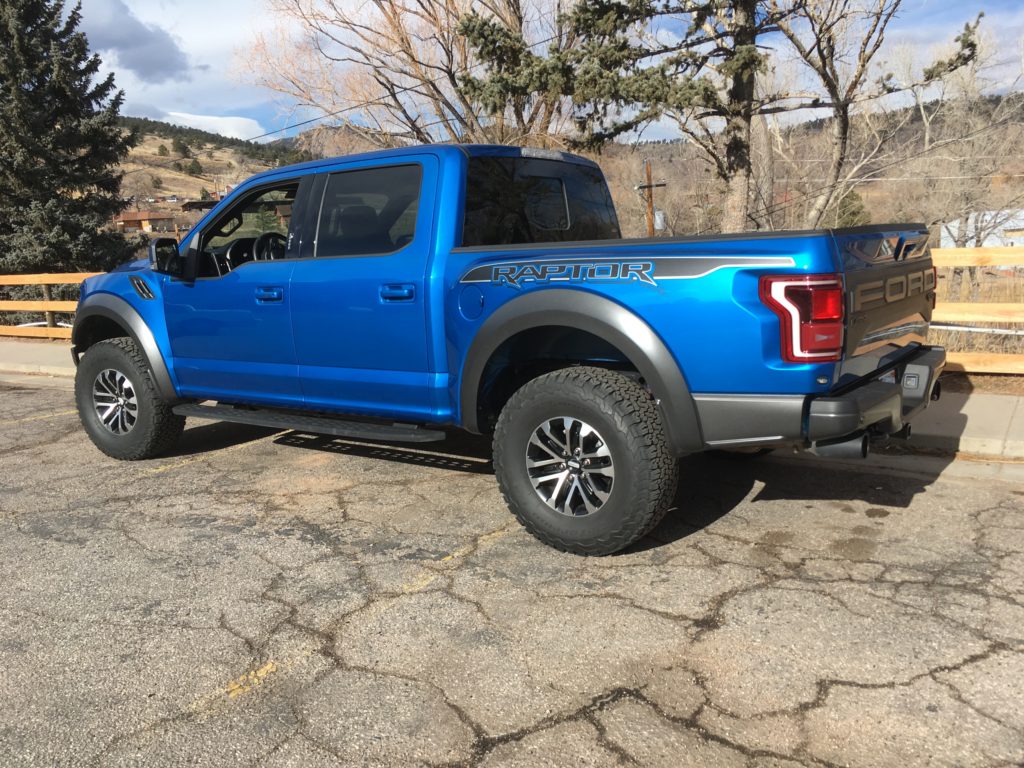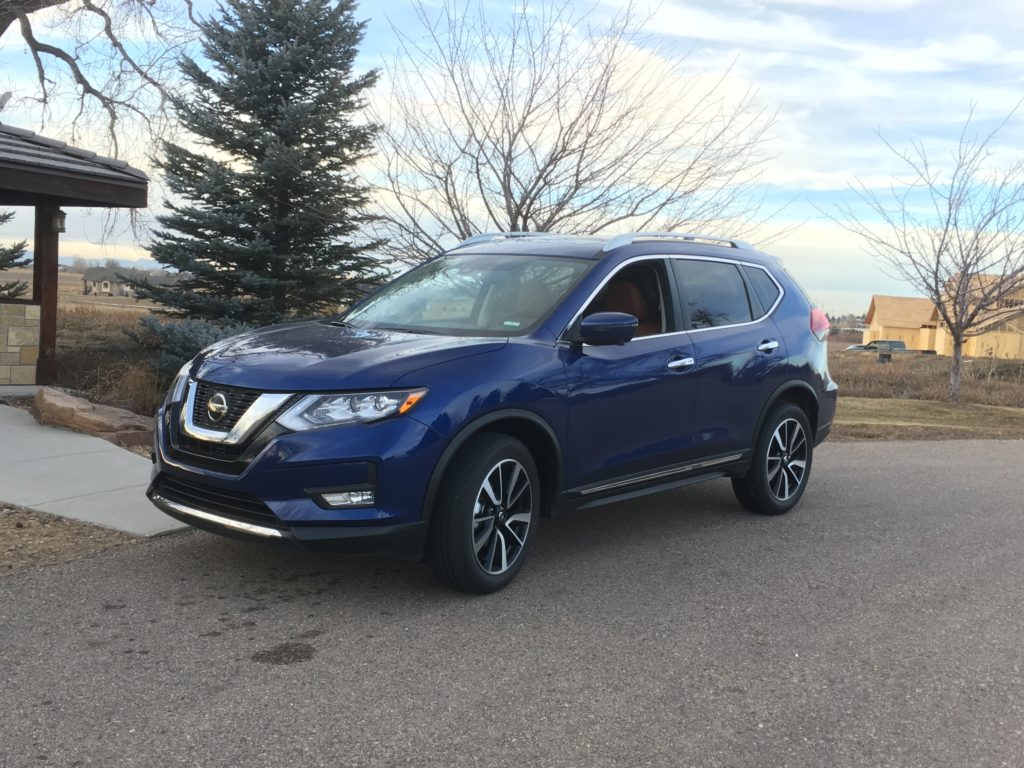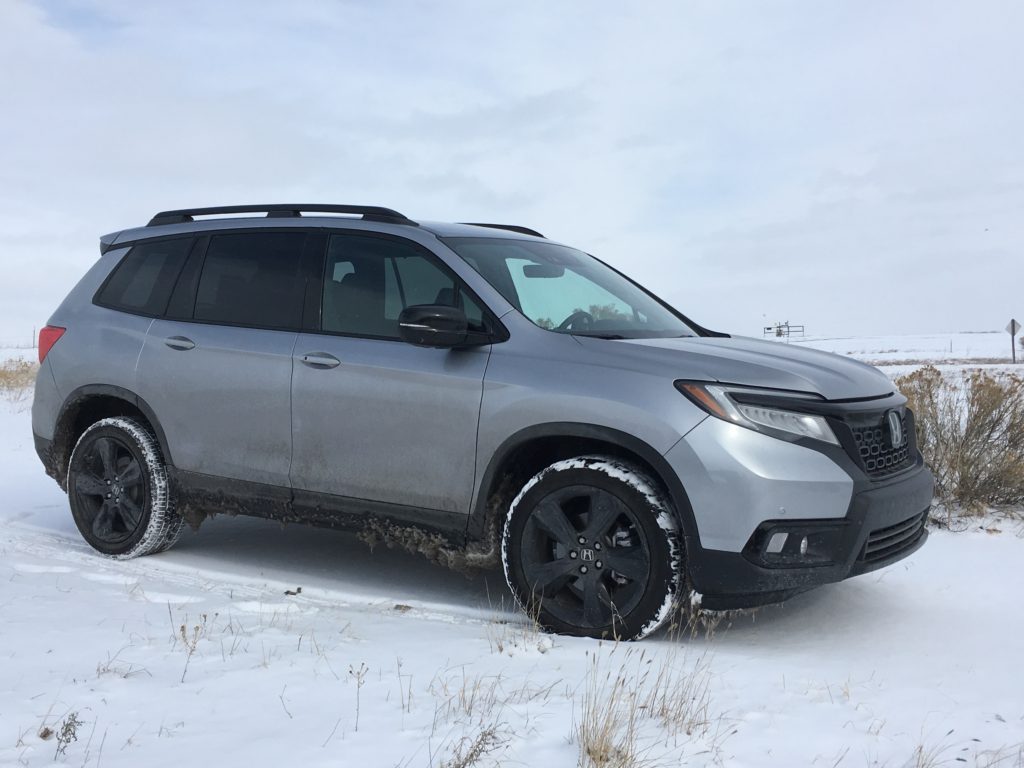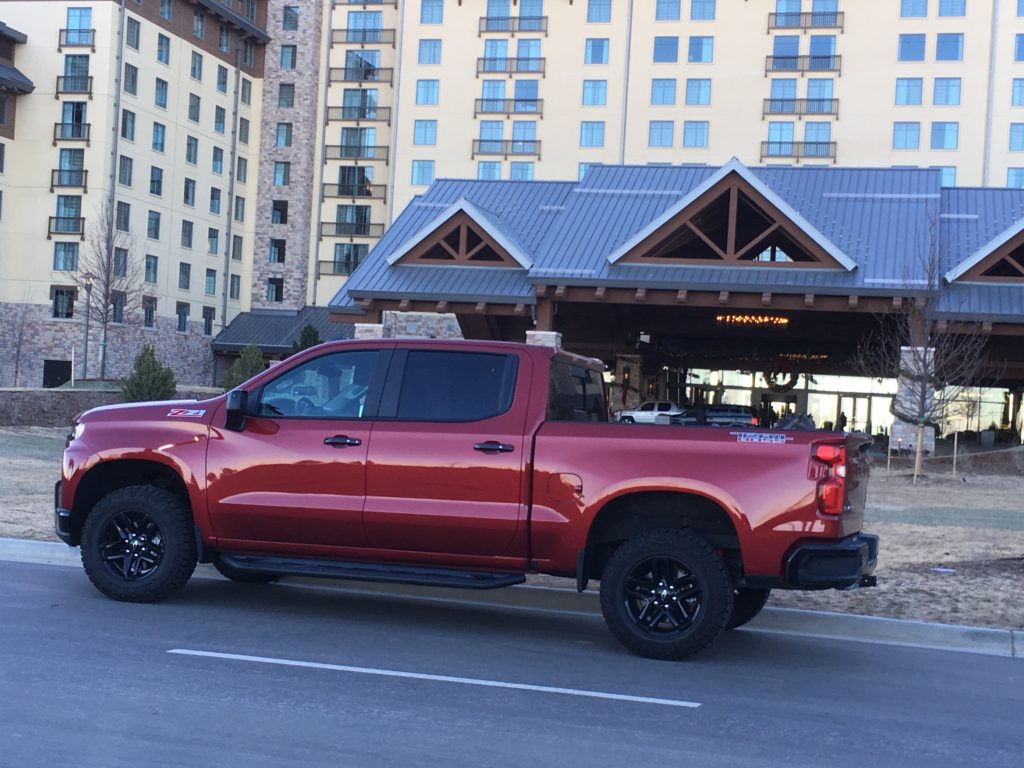
With bigger battery pack for more competitive range, and sporty and appealing new exterior styling, the all-electric 2019 Nissan Leaf Plus rolled quietly into my possession during the Denver Auto Show in late March.
The new Plus version, fully charged, is expected to deliver 226 miles of driving range, a nice increase over the 150 of the standard Leaf, and within a dozen or so miles of range claims by the Chevy Bolt and Kia Niro.
From a V-motion grille to a “floating roof” and all the way back to distinctive taillights, the Leaf Plus has unveiled mainstream beauty to complement its electric power.
When Jan and I left the auto show on a Wednesday night, we had awaiting us Thursday morning an excellent test drive for the electrified Nissan, though a sad mission. It would be a 100-mile drive to the Christ United Methodist Church in Sterling for the funeral of friend Norma Amen Weber.
When I showed up many years ago for my first class at Sterling High School, as an unknown freshman transfer from Wray, we were seated alphabetically; in the back row it was Weber, then Wells. I said “Hi” to the friendly faced, curly haired kid next to me, Justin Weber, and we’ve been friends since. Justin was married to Norma Amen (a classmate and friend of Jan’s) for more than 60 years before her recent death.
As we left Greeley for Sterling, not only was it cold, windy and rainy, we also were running late. So, when I accessed I76 at Wiggins (75-miles-per-hour speed limit) I kicked the Leaf Plus up to 80 mph in order that we reach the service in time. We did, with 5 minutes to spare and only 67 miles of charge remaining in the Nissan battery pack.
Fortunately, Wendy Payne of Nissan and Paul Shippey of Automobile Media Solutions at the auto show had furnished me information regarding a quick-charge station at Fort Morgan, and, with 20 miles left, we added more than 100 miles of charge in 30 minutes there for the final leg home.
The weather and the higher speeds took a toll on the Leaf’s range; the realities of driving on occasion will not match perfectly to the car’s specifications.
The expanded battery pack pushes the Leaf Plus’s curb weight to 3,850 pounds, about 300 more than the standard Leaf. The Leaf Plus can handle that, though, for its electric motor is rated at 215 horsepower and 250 lb.-ft. of torque, compared to 147-hp and 236-torque for the standard.
The Plus offered a good ride and comfortable interior; aiding stability is the face the battery pack is flat and positioned beneath the floor in the center of the car. This also preserves 23.6 cubic feet of cargo space behind the second row of seats. Many electric autos use that space for the battery storage.
Regenerative braking helps recapture some energy for the battery store, and Nissan’s e-Pedal allows driving with one pedal, as braking is in effect whenever pressure is released on the accelerator. The Leaf Plus is equipped with emergency braking, lane-correction, rear cross-traffic alert, blind-spot warning and around-view monitor.
Pricing for the base-model S Plus begins around $32,000 ($6,000 higher than the base Leaf), while the well-equipped Leaf PlusSL Tech review model carried a price tag in the $45,000 range.
